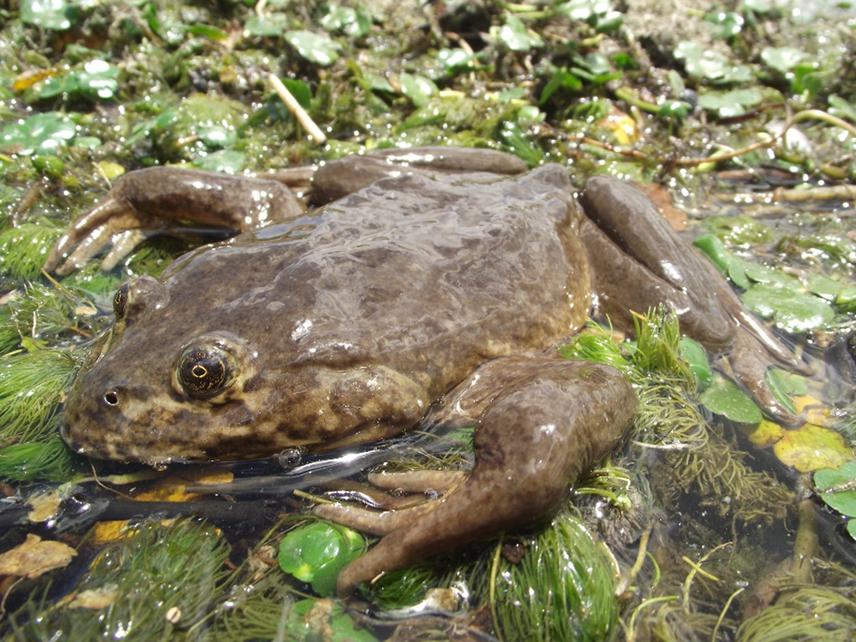Oscar Damián-Baldeón
Other projects
ncrease the number of students (75) and teachers (5) participating in our citizen science program. Participants will increase their knowledge in conservation biology and form positive attitudes and behaviors towards the conservation of ecosystems and biodiversity.
- Development, validation and recognition of two (02) manuals for teachers and students.
- Five educational institutions will implement the proposed Work Manuals as part of their curriculum.
- Data collected can be used by natural resource managers and decision makers to help establish conservation priorities in complex aquatic ecosystems for Junín frog protection and restoration of their habitats. This research aims to establish a sustainable community-based citizen science network for the monitoring of Junín frogs’ populations. The baseline data collected during this project will be invaluable towards future Junín frog management.
- Three local participatory spaces (Environmental Management Committee of Lake Chinchaycocha, Management Committee of the Junín National Reserve and the Bi-regional Plenary of the Sustainable Environmental Management Plan Chinchaycocha) will be informed and updated on the current situation of the Junin frogs, reaching a minimum of 15 local and provincial institutions.
- More than 20,000 people outside the scope of work will be informed about the current situation of the Junín frogs through virtual infographics spread on social networks.
- More than 50 local residents will be exposed to conservation topics through their participation in fairs, exhibitions, contests and other educational activities.

Our objective is to institutionalize a citizen science program for amphibian conservation, with schools in the Junín National Reserve, which will be recognized and validated by educational and conservation authorities. Efforts will be based on two endemic species of frogs Telmatobius macrostomus and T. brachydactylus, both of which are endangered, because the ecosystems in which they live are affected and there is a constant degradation of habitat by local human populations. This work will develop field and classroom workshops, construction of educational manuals with teachers and park rangers, and the development of educational campaigns with local populations.
Our aims in detail:
Increase the number of students (75) and teachers (5) participating in our citizen science program. Participants will increase their knowledge in conservation biology and form positive attitudes and behaviors towards the conservation of ecosystems and biodiversity.
Development, validation and recognition of two (02) manuals for teachers and students.
Five educational institutions will implement the proposed Work Manuals as part of their curriculum.
Data collected can be used by natural resource managers and decision makers to help establish conservation priorities in complex aquatic ecosystems for Junín frog protection and restoration of their habitats. This research aims to establish a sustainable community-based citizen science network for the monitoring of Junín frogs’ populations. The baseline data collected during this project will be invaluable towards future Junín frog management.
Three local participatory spaces (Environmental Management Committee of Lake Chinchaycocha, Management Committee of the Junín National Reserve and the Bi-regional Plenary of the Sustainable Environmental Management Plan Chinchaycocha) will be informed and updated on the current situation of the Junin frogs, reaching a minimum of 15 local and provincial institutions.
More than 20,000 people outside the scope of work will be informed about the current situation of the Junín frogs through virtual infographics spread on social networks.
More than 50 local residents will be exposed to conservation topics through their participation in fairs, exhibitions, contests and other educational activities.